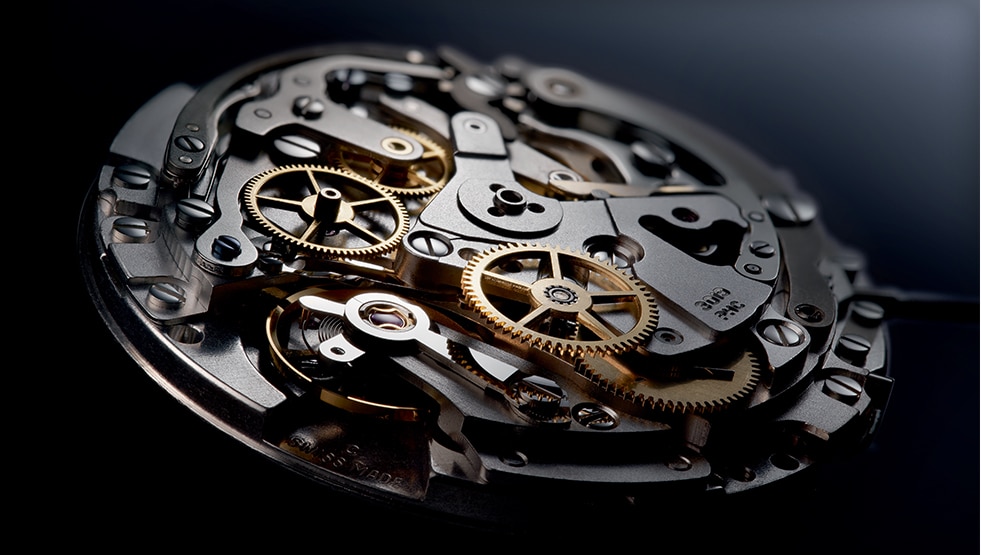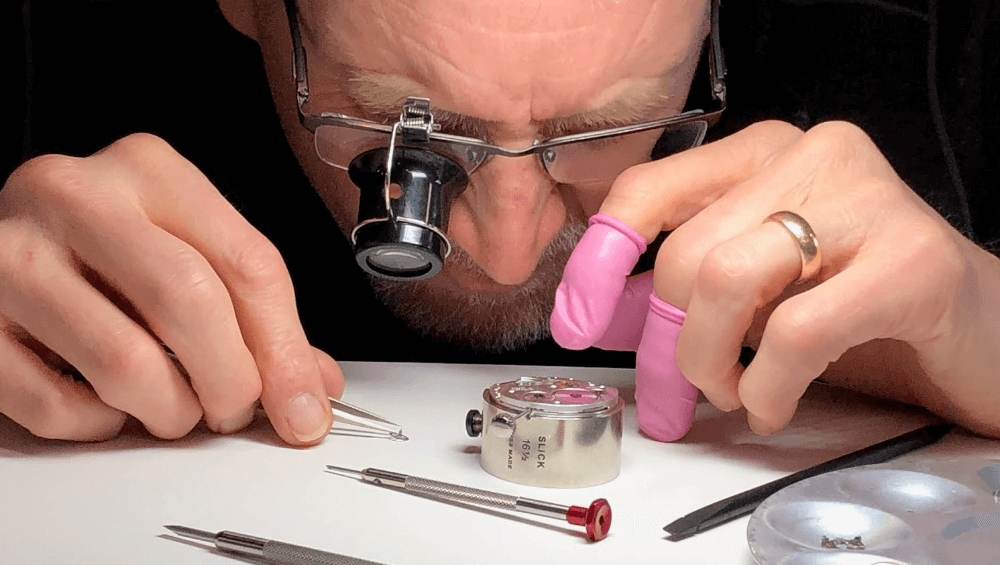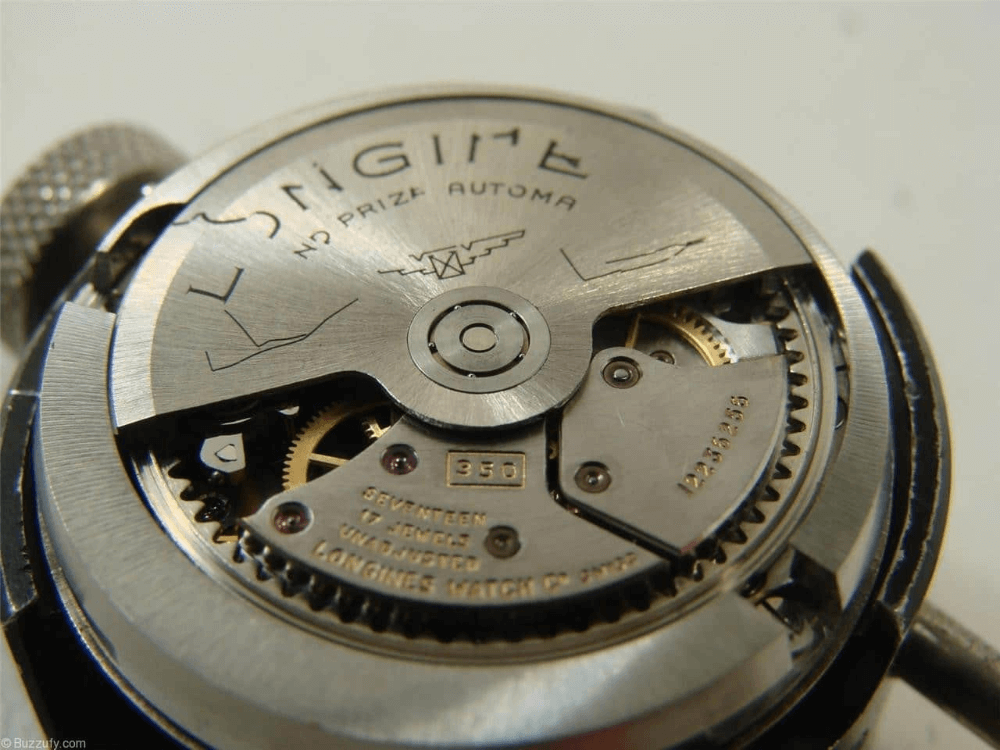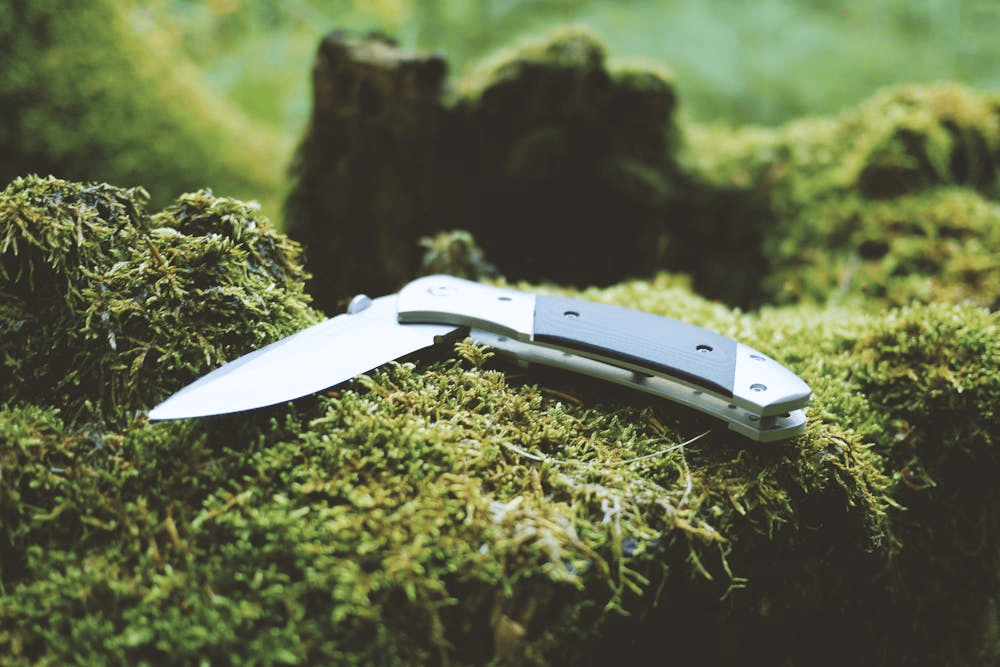Date Display
Probably the simplest complication, yet also the most useful, the date display is exactly what it sounds like – it tells you the date. This particular display can most often be viewed in four various ways.
The most popular of course is the Date Window which presents itself as an aperture next to the three o’clock marking on the dial.
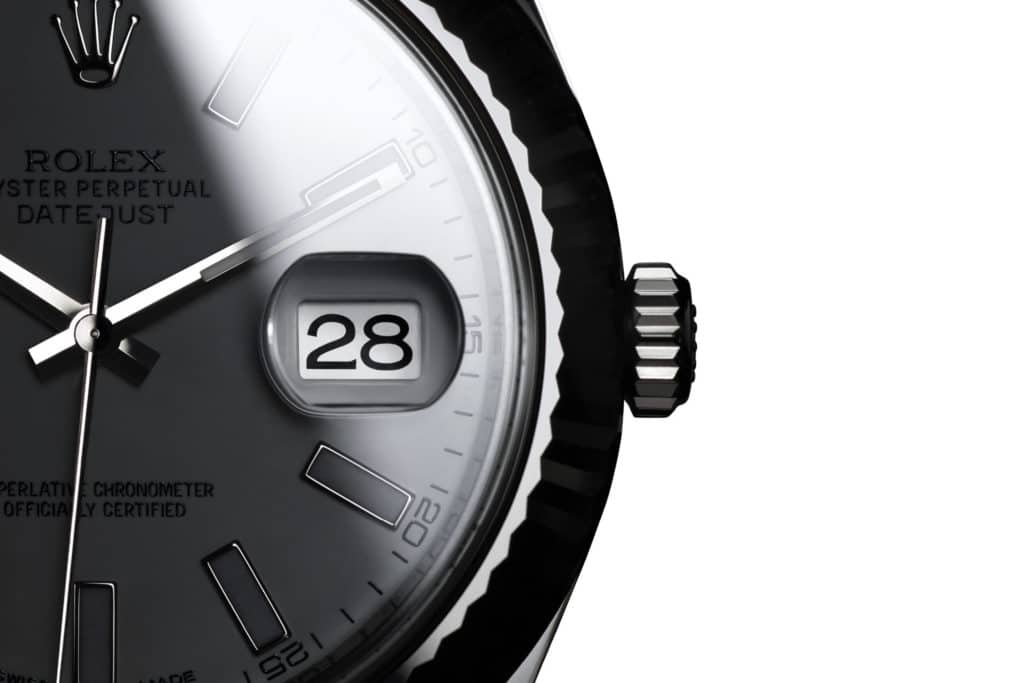
Generally this is in the form of two numbers that go from 0-9 allowing every possible date of the month to be viewed. In some cases, these numbers will alternate between red and black, in which case it will be referred to as a “Casino” date display.
The second most common date display is called a Big Date. This particular display provides the wearer with a significantly larger view of the date which is easier to read at a glance than the Date Window.
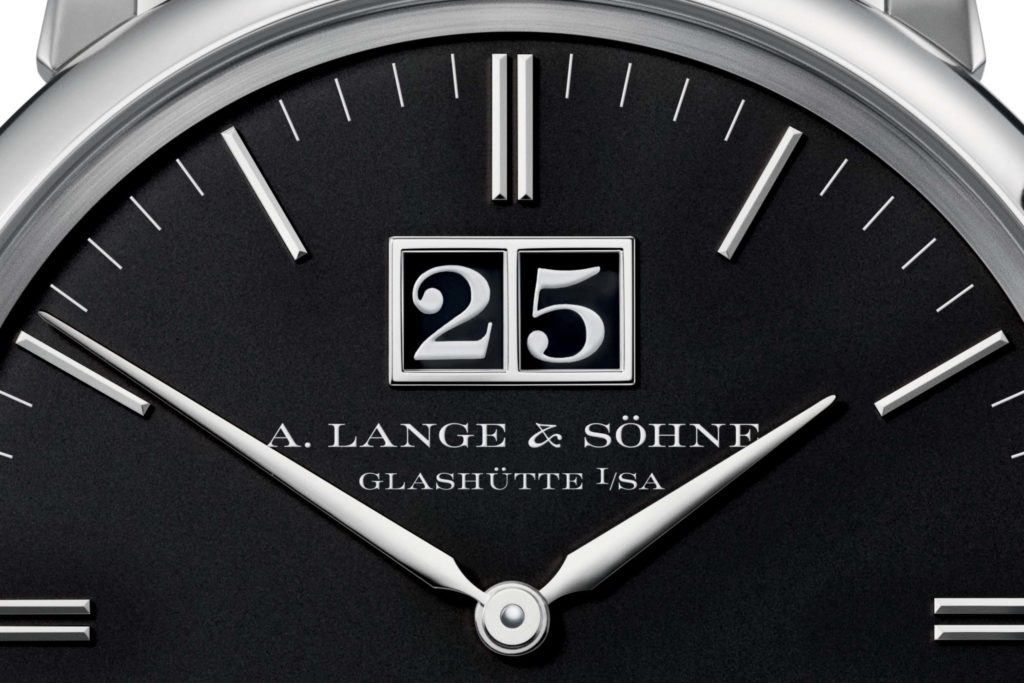
On some watches, the display will be two separate windows side-by-side with the left going from 0-3 and the right displaying 0-9 like the Date Window. While this window can also be found next to the 3-o’clock marking, it can also sometimes be found at the top of the dial beneath the 12-o’clock mark as well.
The third most common type of date display is the Date Wheel which featured a center hand with an arrow or crescent that points to the date strung along the outside chapter of the dial.
Often referred to as a “Bankers Dial”, the Date Wheel isn’t nearly as common as the aforementioned forms, but can still be found relatively easily throughout the American and European markets.
The fourth most common form of displaying the date is through the use of a subsidiary dial which utilizes a small sub-dial most commonly found over the 6 o’clock mark. Generally used in conjunction with other complications, this dial will rotate clockwise to inform the wearer of the date.
Of course with the constant reinvention of timepieces by quite literally thousands of watchmakers around the globe, there are many different ways a watch can inform the wearer of the date.
These four aforementioned methods are simply the most common forms and should not be construed in any way as being the only date displays available on the market.
Day Date
The day date is a slightly more advanced version of the date display. The only difference between a date display and a day-date display is that the day date tells you the day of the week in addition to the date of the month.
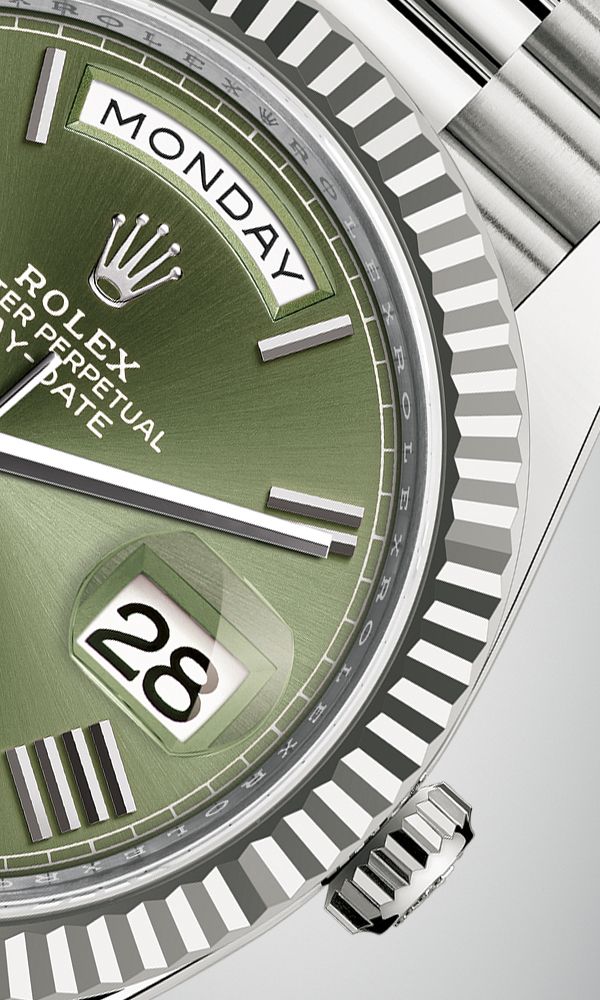
There are typically two versions used commonly today, the first being the classic day-date dial where the day of the week is present at the top (or 12-o’clock mark) of the face, and the date is an aperture next to the 3-o’clock marking on the dial.
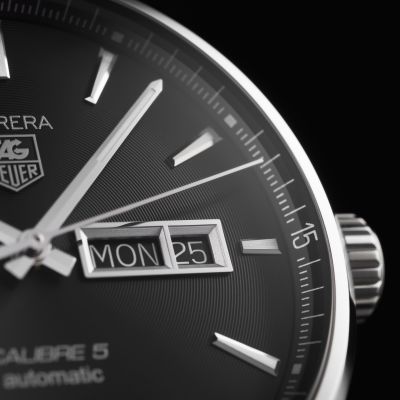
The second common variety is a side-by-side window typically found at the 3-o’clock mark, where the day (usually shortened from Monday to Mon) sits next to the date.
Triple Calendar
A triple calendar complication is simply a function that adds the month of the year to the day-date display. Now, in addition to showing the day of the week and the date of the month, the display will also showcase the specific month. A slightly more useless complication, this is really only useful for those so forgetful that they cannot remember what month it is.
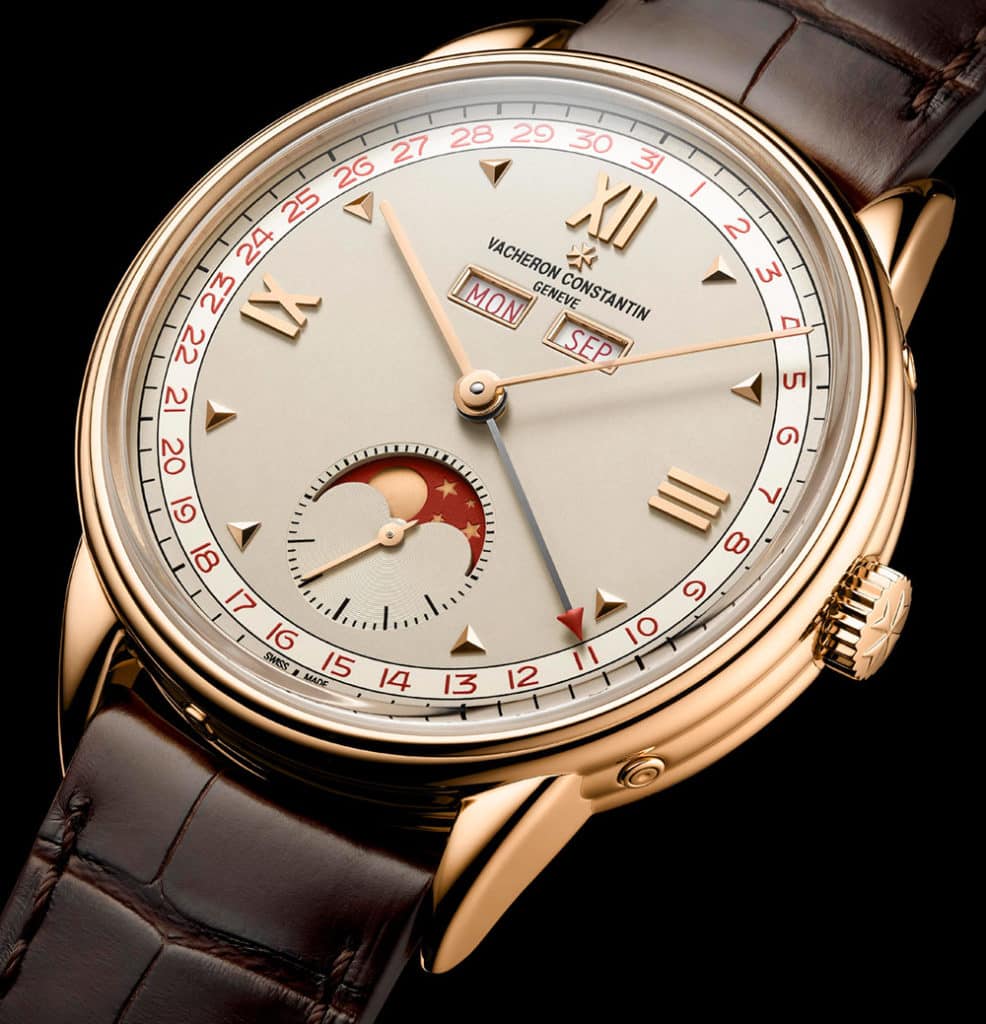
Annual Calendar
This is a slightly more elaborate and even more pointless calendar function which takes the day, the date, and the month, and then adds the year to it. The one note that needs to be taken into consideration is that it does not account for leap years and will advance to the thirty-first of February every year before jumping to the first of March.

Perpetual Calendar
Many people hear the term perpetual calendar and think it’s something more impressive than it really is. While it’s certainly a horological achievement like any complication, the only difference between a perpetual calendar display and an annual calendar display is that the perpetual calendar takes into account the leap year, preventing you from having to manually set the function on March first. It should however be noted that this function will require correction in 2100 when the leap year will be ignored.
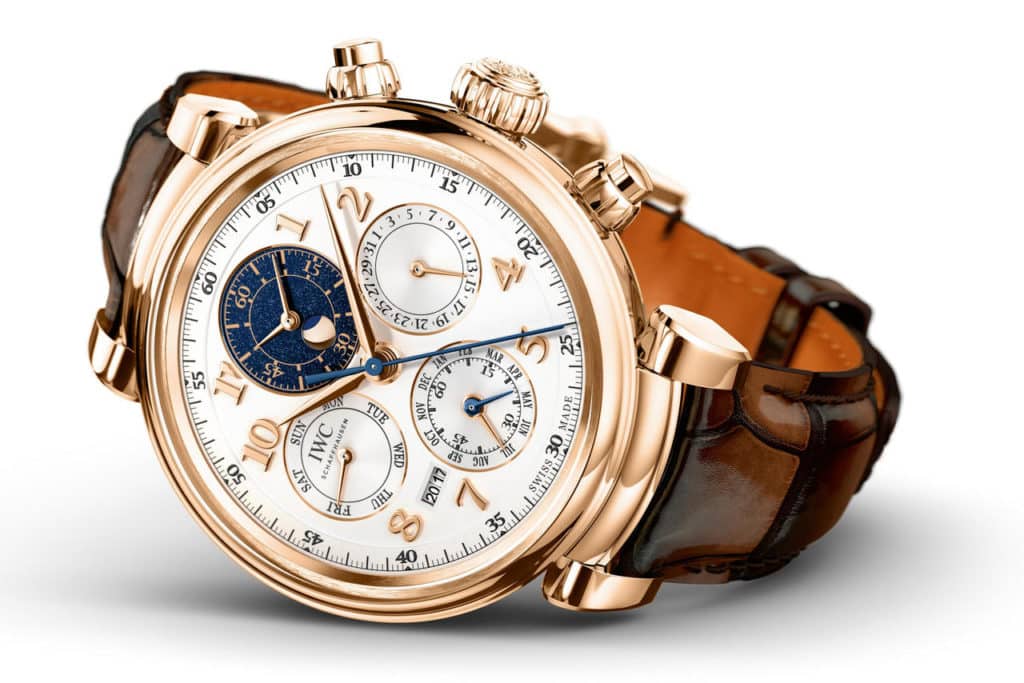
Chronograph
While we’ve already provided a fairly in-depth look into the world of Chronographs, this will serve as a reminder for those who need a quick reference aide.
The best definition of a chronograph in layman’s terms is simply to refer to it as a stop watch. Its original intention was to provide a way to time races, and, while it’s still used for that same purpose today, it has also been used for a widevariety of other functions.
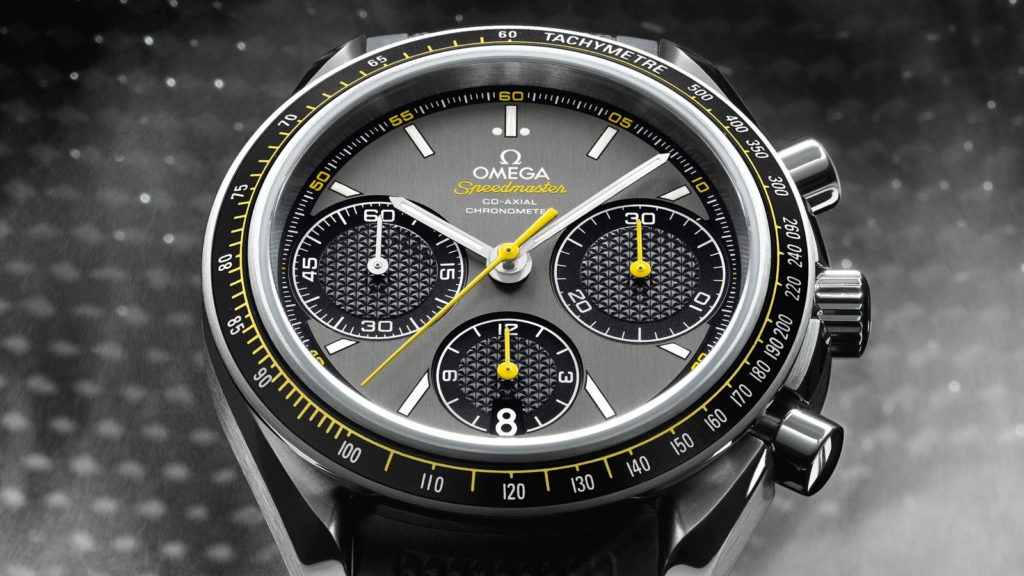
As I mentioned in the Chronograph guide, my favorite story about the Chronograph is the way it saved the crew of Apollo 13 when the onboard computers failed and they relied on their Omega wristwatches to get them home.
There are three basic types of chronographs found today, with a wide variety of other kinds on the market.
The first type is referred to as a Mono-Poussier or one-button chronograph. This button is successively pushed in order to start, stop, and reset the chronograph function.
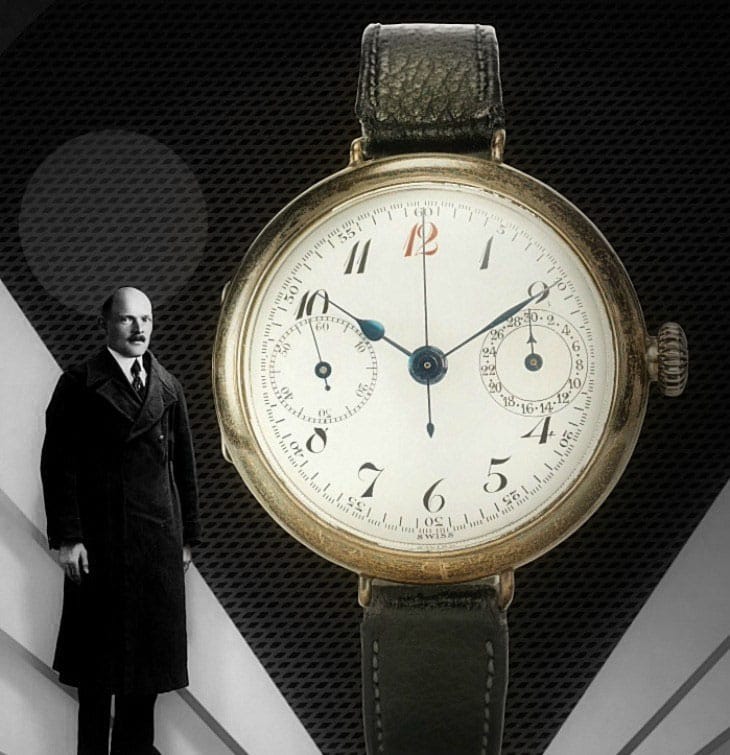
The only limitation of this type in comparison to its two-button and three-button counterparts is that it cannot measure interrupted time spans.
The second common type of Chronograph is the Fly-back Chronograph. It was originally invented for use by pilots who required impeccable accuracy when measuring time spans.
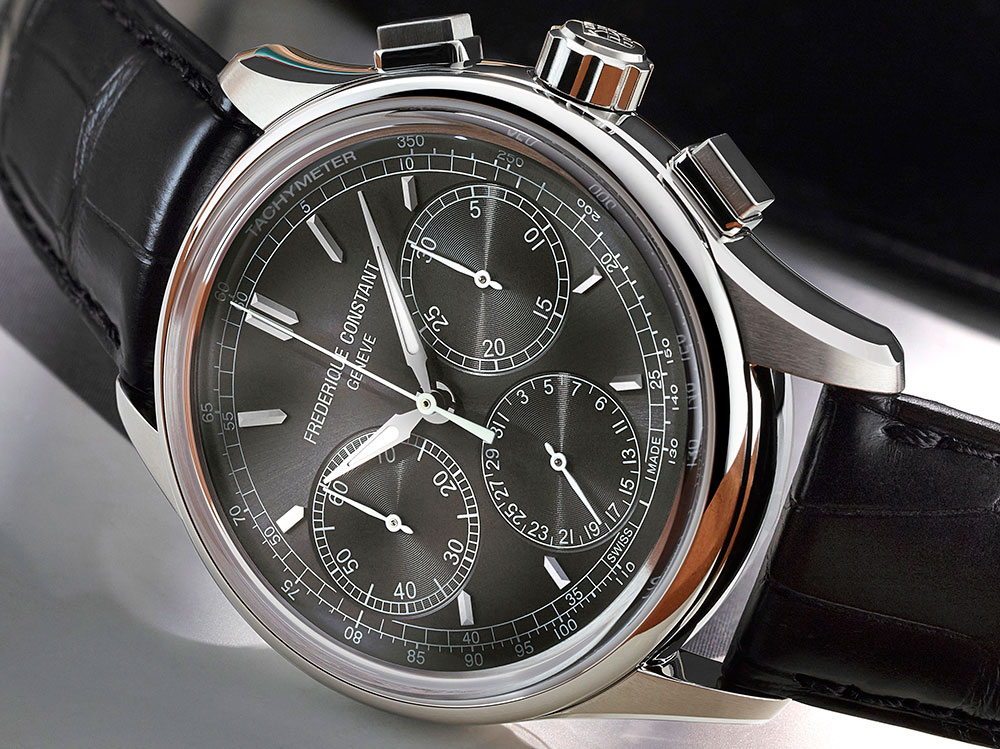
By pushing the second button while the chronograph is in operation, it immediately causes all the counters to reset and start again from the zero marker. This type of complication is very useful for navigation when splitsecond accuracy is required.
Another very popular Chronograph is called the Rattrapante or split-second chronograph. This should not be confused with a Fly-back. This is one of the easier chronographs to spot as it will almost always have three pushers on the case.
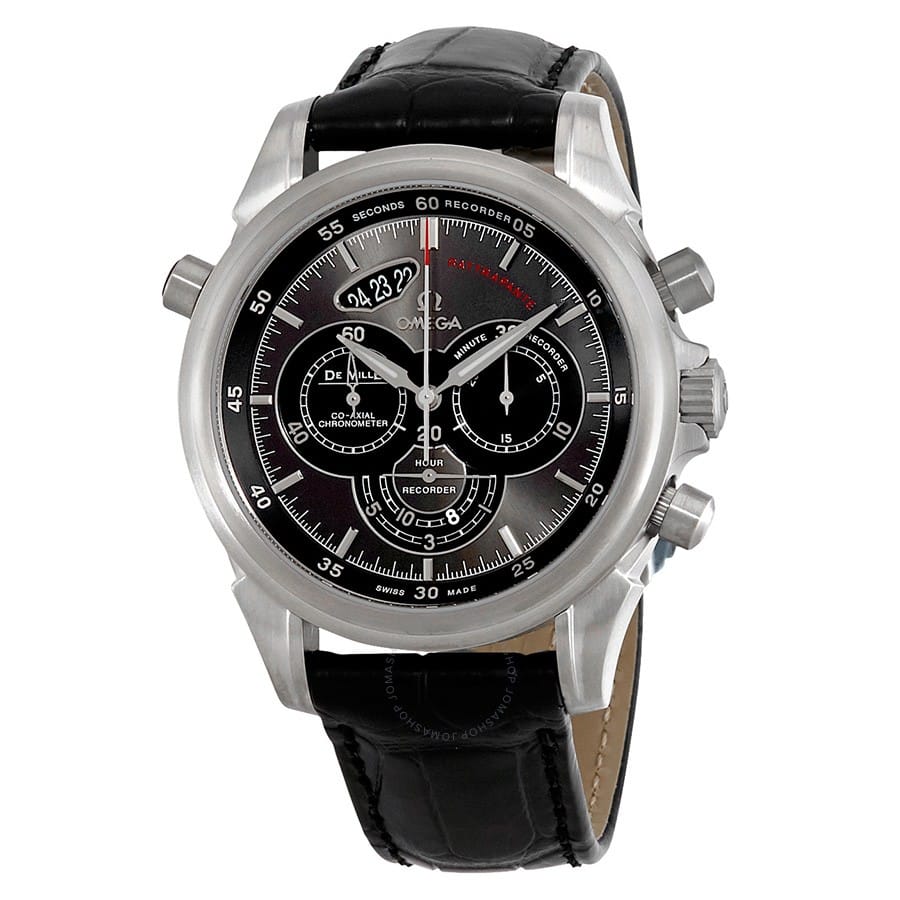
It will also consist of two second hands on the dial, one of which will be superimposed over the other. The purpose of the Rattrapante is to allow the wearer to measure two separate spans of time. While one hand moves, the other can be stopped, started, or reset back to zero.
Deadbeat seconds
The second hand on a quartz watch ticks in discrete seconds, while a mechanical watch’s second hand appears to “sweep” since it moves a few times each second as the balance wheel swings back and forth in the movement.
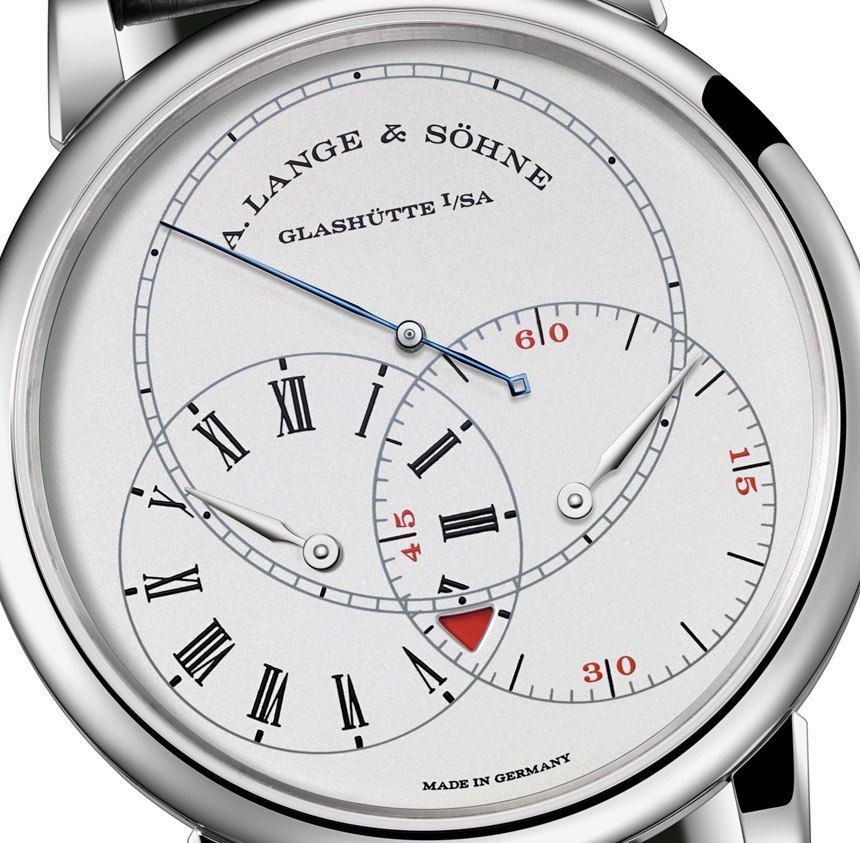
The deadbeat seconds complication mimics that quartz-like ticking by storing up those multiple swings and then sending energy to the second hand in discrete bursts on each actual second, creating the same precise ticks on the dial.
People who don’t know much about watches might look at your wrist and assume there’s a battery lurking in there somewhere, but you don’t care about impressing those people anyway.
